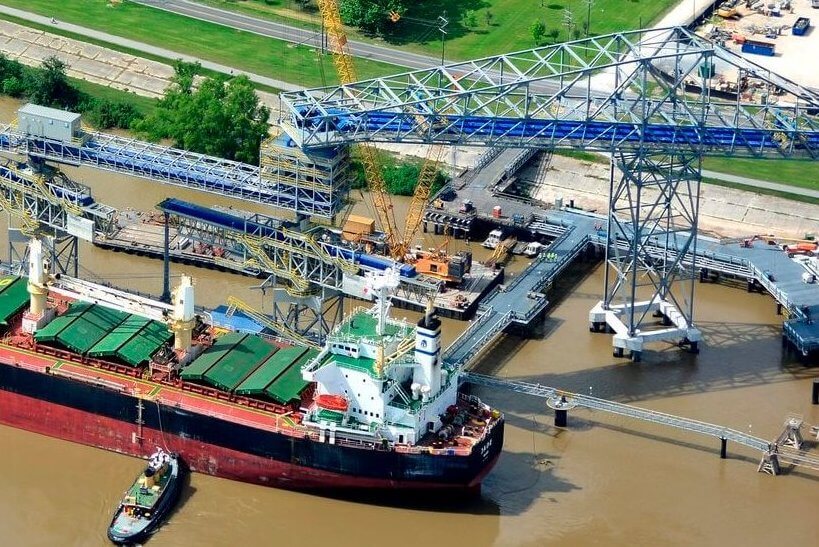Spotlight on Dry Docks: How These Important Marine Structures Support Industry
Ships, barges and water vessels serve a wide range of industries. Massive container ships support global trade and commerce. Military and law enforcement agencies use all kinds of boats. A small skiff may support search and rescue operations while enormous aircraft carriers act as floating military bases. Cruise ships take lucky passengers to unforgettable destinations, while barges assist with waste management and ferries help people make their morning commute each day.
Building modern ships is no easy feat. Due to their complexity and sheer size, most large vessels are built in a shipyard. Shipyards are waterfront structures for building, maintaining and repairing ships. One or more of the berths within a shipyard may be a dry dock. Dry docks are built to provide a platform for ship construction or repair.
Dry docks can be flooded to allow a ship to float in and rest on a platform. Water is then pumped out or drained away from the ship to allow for maintenance, repairs or cleaning. Dry docks expose the portion of a ship’s hull that is typically underwater. If a ship were floating, divers would be required to complete work on structures like the rudder or propellers. Likewise cleaning or inspecting the hull is made easier by a dry dock. On land, work can be completed safely and efficiently.
In the case of new construction, a dry dock provides a protected space for the ship’s hull to be constructed. Once the hull is watertight, water can be allowed in the dry dock to lift the ship off of the platform and out into open water or to another berth while the interior of the ship is completed. There are several types of dry docks: floating dry docks, graving dry docks and vertical synchro lifts.
Let’s take a look at three types of dry docks and their uses.
Floating Dry Docks
Floating dry docks are submersible. The dock is positioned under the ship
beneath the waterline. The ship is carefully supported by blocks to ensure that
its weight is distributed evenly. The dock is then raised to the surface with
the ship above the waterline. The primary benefit of a floating dry dockis that many of these docks are
mobile. Tug boats can move the ship and dock to secondary locations for
repairs.
Graving Dry Docks
Graving dry docks are some of the oldest waterfront
structures. They are typically built in the shape of the letter U or a
rectangle. A water-impervious barrier opens and closes at the open end of the
dock to allow water to flood in or to keep water out. Once a boat has floated
in the dock, it is then positioned on a platform. The gate can be closed and
the water can be pumped out. Once repairs are complete, water is pumped back in
and the ship can once again maneuver in the water. Graving docks are commonly
used for ship construction.
Vertical Synchro Lifts
Vertical synchro lifts or boat lifts are structural
platforms that lift and lower vertically. The platforms can be lowered beneath
the waterline to allow a boat to move into position. A number of hoists work
together to lift the platform and boat out of the water. Boat lifts are
primarily limited to smaller vessels. However, advances in marine structural
engineering have made these lifts a more modern option for increasingly large vessels.
As you can see, dry docks and shipyards are important waterfront structures. The hard work of marine engineering firms makes the construction and maintenance of ships possible. Shipbuilders are then able to support the many, many industries that depend on water vessels.
